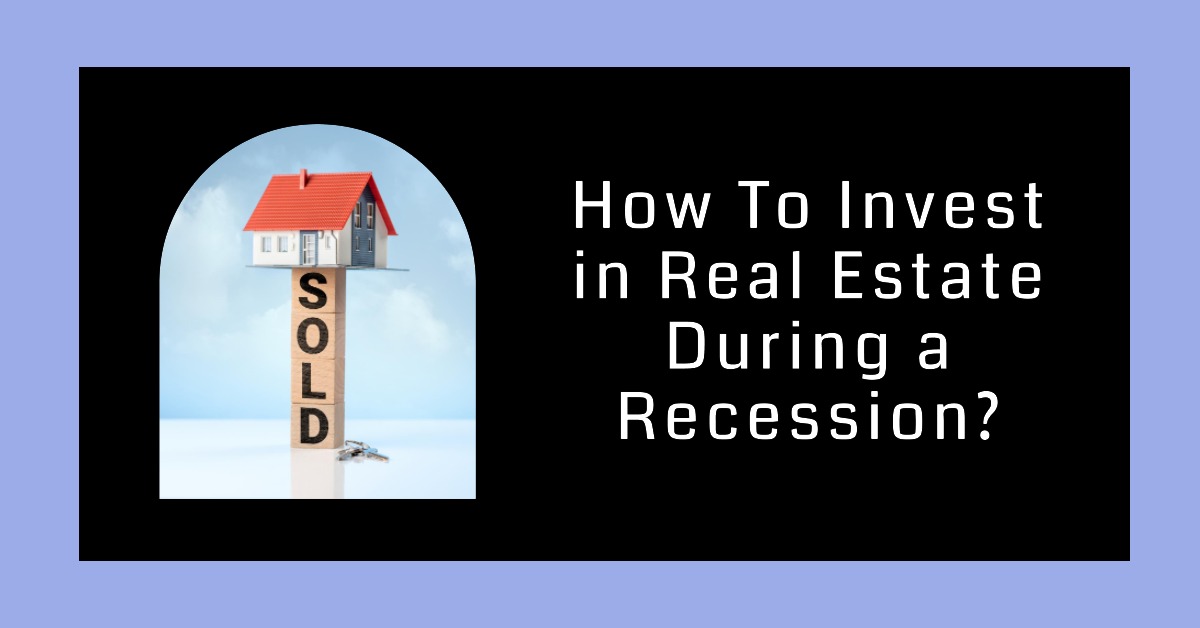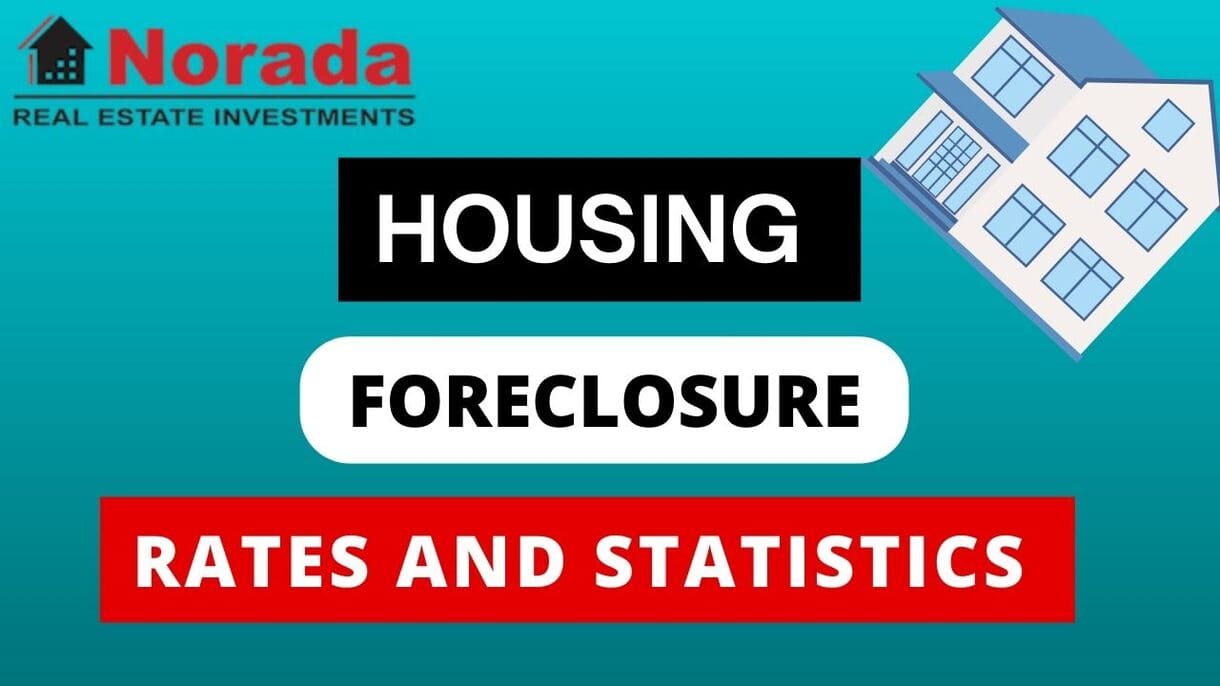The Texas housing market is showing a fascinating mix of steady growth and underlying shifts, with home sales picking up steam. This means it's a really interesting time to be watching the market, whether you're buying, selling, or just curious about where things stand. This year is shaping up to be one where buyers are finding more opportunities.
To put it simply, sales are up, especially when you look at the total for the year so far. After a strong rebound in June, July continued that positive vibe with a 3.3 percent increase in home sales compared to last year. This is the first time in 2025 that the total number of homes sold from January to July is higher than it was in the same period of 2024. And the trend looks like it's sticking around, with numbers for upcoming sales suggesting August will also be a good month.
But it’s not just about more homes selling. What’s really notable is how inventory is climbing. This might sound like a seller's market, but it's actually creating a more balanced situation, pushing prices into favorable conditions for buyers. Many folks are taking advantage of these shifts, which is a big reason why sales are going up. Interestingly, even with more homes being sold, average home prices across Texas have seen a small dip year-over-year. It’s a complex picture, but one that’s definitely worth paying attention to.
What's Happening in the Texas Housing Market in 2025?
Sales Momentum is Building: More Homes Finding New Owners
Let's dig a bit deeper into what's driving these sales based on insights from the Texas Real Estate Research Center. The numbers from July are pretty clear: 31,398 homes changed hands across Texas. This makes up a good chunk, about 8.1 percent, of all home sales nationwide that month. When you step back and look at the whole year to date, Texas's slice of national sales is even a bit bigger, at 8.6 percent.
What gives me confidence that this isn't just a blip is the pending sales data. These are deals that are agreed upon but not yet closed, and they jumped up by a solid 10.4 percent year-over-year in July. This strongly suggests that momentum will carry through the warmer months and into the fall.
By comparison, the national picture is a bit different. Across the U.S., home sales actually declined by 0.5 percent year-over-year in July, and the year-to-date sales are still lagging behind 2024. The national median home price for existing single-family homes is hovering around $428,200. This highlights Texas's resilience and its role as a market to watch.
Inventory: More Homes on the Market Than Soon Expected
One of the most significant stories in the Texas housing market right now is inventory. We’ve consistently seen inventory levels climb throughout the year, reaching cyclical highs. Even though new listings might be slowing down a bit after the busy spring and summer months, the homes that are already on the market are sticking around longer.
This creates what I’d call a buyer-friendly pricing environment. Sellers are more motivated to make deals, and you’re seeing that in the numbers. For instance, the median seller price cut in July was $14,550, which is about a 4 percent reduction from the original asking price. The sale-to-list ratio, at 0.96, also reflects that sellers are often accepting offers below their initial asking price.
Currently, we have about a 5.7-month supply of active inventory. Historically, a market with a 3-4 month supply is considered more balanced. So, having nearly 6 months' worth of homes available definitely gives buyers more breathing room and more choices.
What's also striking is that homes in the active inventory are sitting on the market for an average of 89 days, which is longer than the average of 65 days for homes that actually sell. This indicates that while there are many homes available, it’s taking a bit longer to find the right buyer for certain properties.
Inventory Dynamics: A Tale of Two Price Tiers
It's not a uniform story across all price ranges. My experience tells me that this is where the nuances often lie. We're seeing a notable difference in inventory trends between lower-priced homes and those at the higher end.
From April to July, inventory generally increased across all price points. However, homes priced below $250,000 saw the biggest jump in inventory, increasing by 13.9 percent since April. This trend continued from June to July, with these entry-level homes showing a 5.5 percent increase in inventory.
On the other hand, the higher-priced segments, particularly homes above $800,000, have seen their inventory actually decrease by 2.4 percent from June to July. This suggests that while overall inventory is up, the homes available at the higher end are being absorbed more quickly, or fewer are being listed.
Post-Spring Homebuying Inventory Change by Price Tier
- Below $250,000: +13.9% (April to July), +5.5% (June to July)
- $600,000 – $800,000: Inventory growth slowed significantly.
- Above $800,000: -2.4% (June to July)
This imbalance is important because it means greater availability for first-time and modest-income buyers who are looking at those lower-priced entry-level homes. This is especially good news given that mortgage rates have been on a downward trend. The Federal Reserve's recent 25-basis point policy rate cut, in response to economic concerns, has helped drive mortgage rates down to the low 6 percent range. More affordable borrowing costs are a big draw for buyers who might have been priced out earlier.
Price Trends: Cooling Off but Not Crashing
So, what does all this inventory and sales activity mean for home prices? My read on the data from the Texas Real Estate Research Center is that prices are softening from their peaks, but this isn't a crash scenario.
After a couple of months where prices were mostly stable, Statewide home prices dipped slightly in July, showing a 0.4 percent year-over-year decline. This is a modest change, and it's important to remember that year-to-date, home prices in some areas are still showing positive growth.
For example, Dallas-Fort Worth (DFW) has seen negative year-over-year price changes for the last six months, but year-to-date, prices are still up by 2.6 percent. Similarly, San Antonio has seen positive year-to-date growth of 1.9 percent, despite four consecutive months of negative year-over-year price changes.
However, markets like Austin continue to experience sustained price declines. July marked the 34th consecutive month of year-over-year price drops in Austin, with prices now down 18.6 percent from their peak in May 2022. Houston also saw its average home price decline by 0.6 percent year-over-year in July, with inventory there also rising significantly.
Texas and Major Metro Home Price Appreciation YOY%
- Statewide: -0.4% (July 2025)
- Austin: -3.6% (July 2025) – Longest streak of declines.
- Houston: -0.6% (July 2025)
- DFW: Negative YoY changes for 6 months, but +2.6% YTD.
- San Antonio: Negative YoY changes for 4 months, but +1.9% YTD.
It’s clear that inventory pressures are influencing prices, but the demand from growing populations and a generally stable economy in Texas are providing some support, preventing widespread price drops.
Local Markets: A Mixed Bag Across the State
When it comes to real estate, it’s always local. Texas is a huge state with diverse economic drivers, and the housing market reflects that.
- Dallas-Fort Worth-Arlington remains a powerhouse in terms of sheer volume, leading the state in monthly sales with 8,806 homes changing hands and a median price of $400,000. They also have a significant amount of active listings, with over 37,000 homes available.
- Houston-Pasadena-The Woodlands is right behind, with 8,308 sales and a median price of $340,000. Houston has the highest number of active listings in the state, with over 40,000 homes on the market, reflecting that substantial inventory growth.
- San Antonio is also seeing a fair amount of activity, with positive year-to-date price growth despite some recent year-over-year declines.
- Some areas, like Odessa, are showing sharp declines in sales year-over-year (-27.3%), while others, like Tyler, are experiencing double-digit growth (+31.1%). This kind of divergence is typical in a large and growing state like Texas.
Looking at permits for new single-family homes, the statewide number of permits is down 6.9 percent year-to-date compared to last year. Houston continues to lead in permit volume, followed closely by DFW, but the overall trend suggests that new construction might be moderating slightly compared to previous years.
Looking Ahead: What Does This All Mean for You?
For folks looking to buy in Texas in 2025, this is a pretty encouraging time. You've got more homes to choose from, especially in the entry-level and mid-price ranges, and sellers are often more willing to negotiate. With mortgage rates more attractive, affordability is improving.
For sellers, it's important to be realistic about pricing. The days of automatic bidding wars on every listing are likely behind us in many areas. Understanding your local market, pricing your home competitively, and being prepared for negotiations will be key to a successful sale.
The Texas housing market in 2025 is definitely dynamic. It’s not experiencing the explosive growth of a few years ago, but it’s also not facing a downturn. Instead, it's settling into a more balanced phase, driven by increased inventory and improving affordability.
Texas Housing Market Forecast 2025-2026
Looking ahead to the rest of 2025, things are likely to be more of the same. I anticipate continued price declines as the market adjusts to elevated inventory levels and affordability challenges. However, this doesn’t mean the sky is falling. As prices become more attractive, we may see buyers who have been waiting on the sidelines jump back into the market, creating a better balance.
The peak spring buying season has passed and that would push prices down further, and may attract more buyers. Looking at the labor data showing inflationary pressure, mortgage rates are forecast to remain stable.
Here’s what I expect:
Inventory to Remain High: I believe that inventory levels will remain elevated, giving buyers more choices, at least for the remainder of 2025.
Prices to Continue to Soften: With current conditions, it is likely that prices will continue to soften, particularly in markets like Austin and Dallas-Fort Worth.
Increased Seller Incentives: It will be essential for sellers to be willing to offer incentives to attract buyers.
Interest Rates to Remain a Key Factor: Interest rates will continue to play a vital role in determining affordability and buyer demand.
Final Thoughts – Is Now a Good Time to Buy or Sell in Texas?
Navigating the Texas housing market requires a careful approach and expert advice. Understanding the trends and forecasts, as well as working with knowledgeable real estate professionals, can help you make informed decisions.
- If you're a buyer: You're in a much better position and have greater possibilities in selection.
- If you're a seller: Be realistic about your chances and take your time to make a decision.
In my experience, the best time to buy or sell depends on your individual circumstances and goals. So do your homework, seek professional advice, and make the best decision for you and your family.
Invest in Turnkey Real Estate for Immediate Cash Flow & Long-Term Wealth
Turnkey properties let you start earning rental income from day one—no renovations, no tenant hunts, no management headaches.
Work with Norada Real Estate to find vetted, cash-flowing markets tailored to your goals—so you can build steady returns without the stress.
HOT NEW LISTINGS JUST ADDED!
Speak with a seasoned Norada investment counselor today (No Obligation):
(800) 611-3060
Read More:
- Will the Texas Housing Market Crash as Prices Drop Across the State?
- Texas Housing Market Predictions for the Next 2 Years: 2025-2026
- Average Down Payment on a House in Texas
- 10 Texas Cities Where Home Prices Are Expected to Fall in 2025
- Will the Texas Housing Market Crash in 2025?
- This Texas Housing Market is the Best in the U.S. [2024 Rankings]
- Are Texas Home Sales Dropping?
- How Much Do Real Estate Agents Make in Texas?
- 10 Cheapest Places to Live in Texas
- Is Texas a Good Place to Live: Explore the Cost, Jobs and Lifestyle





